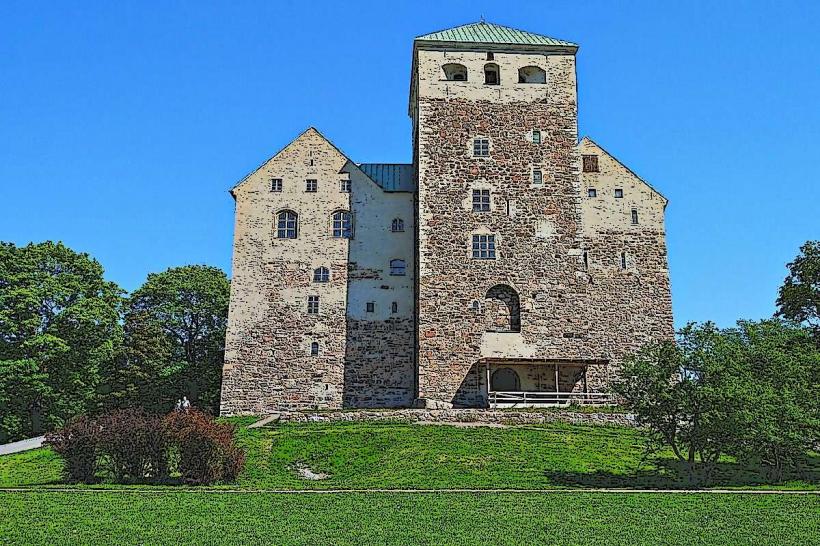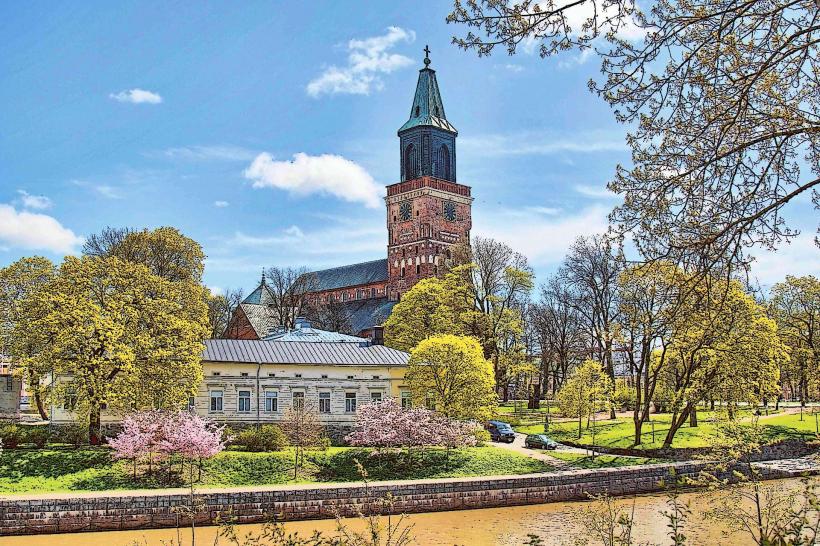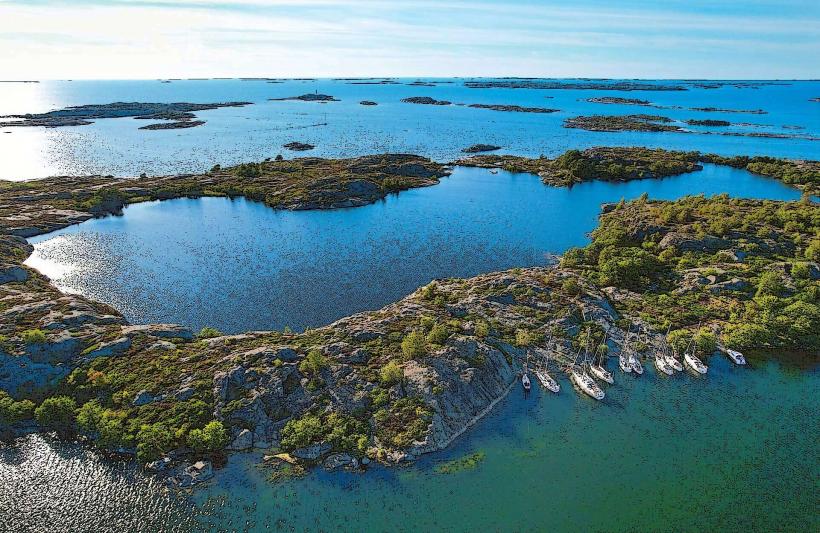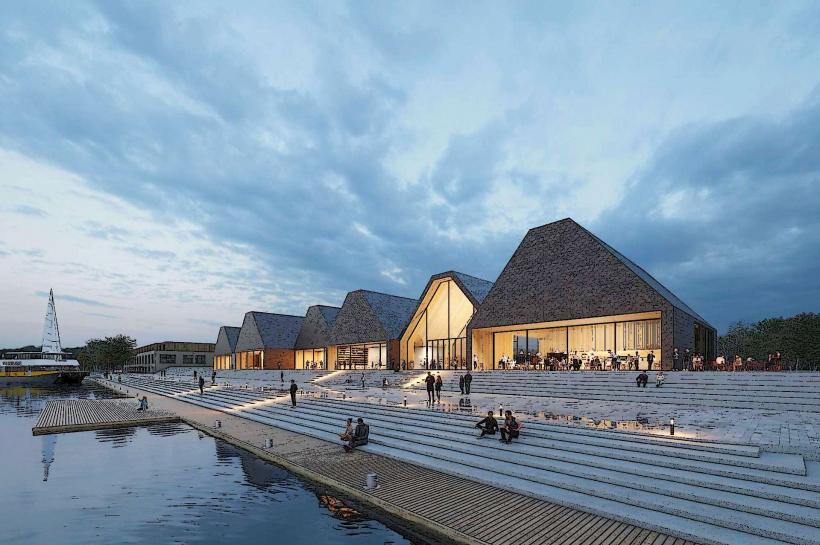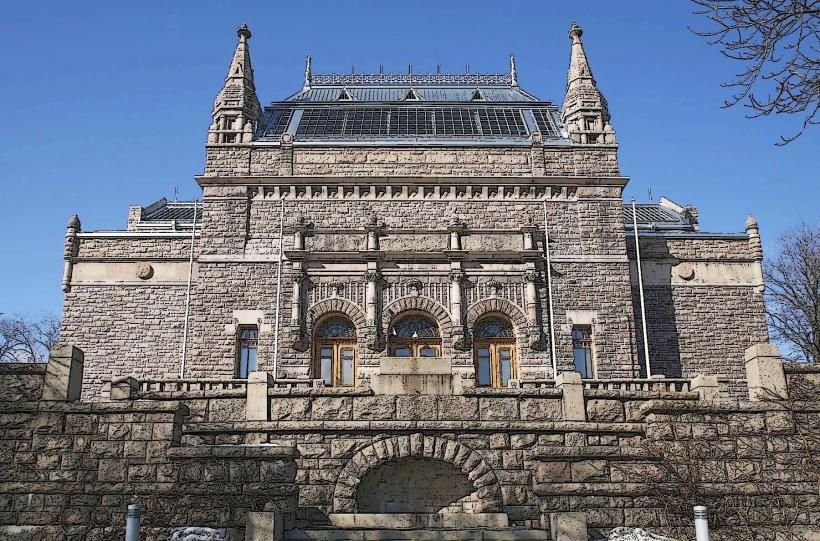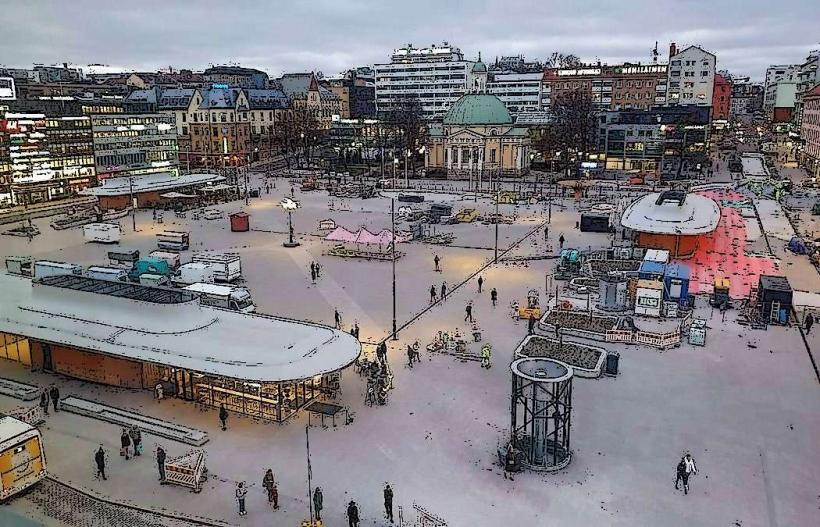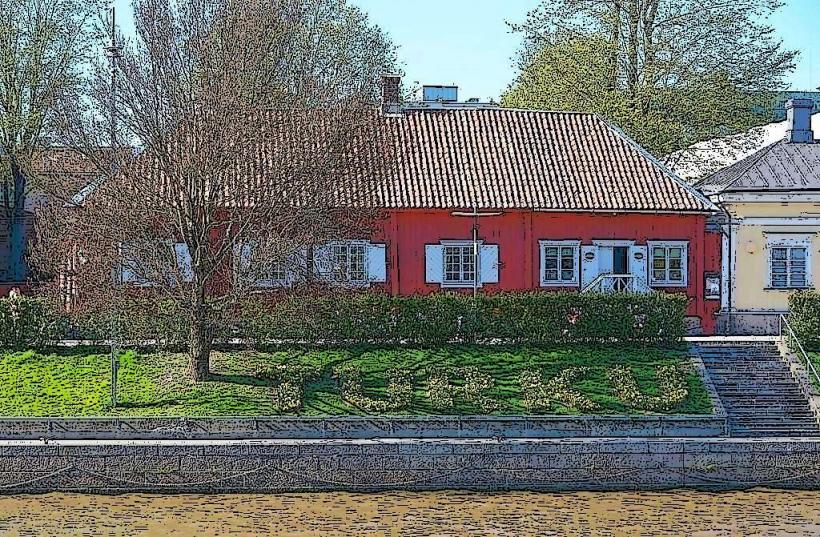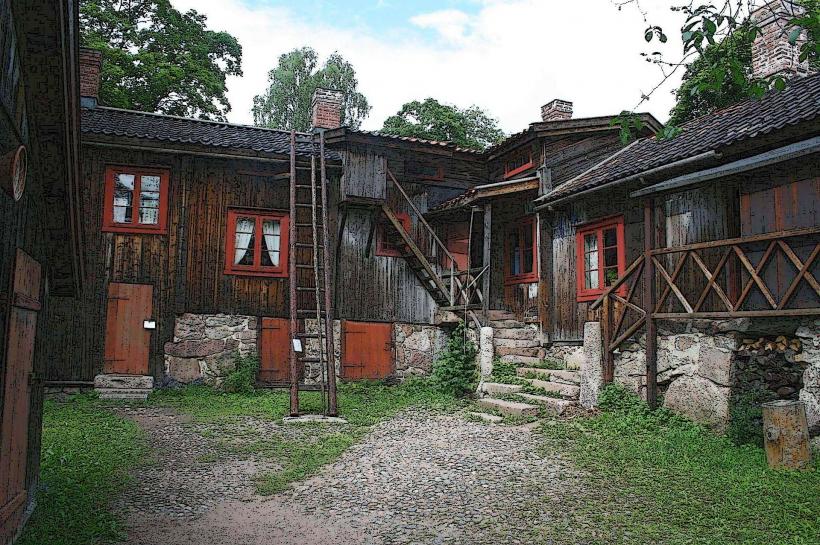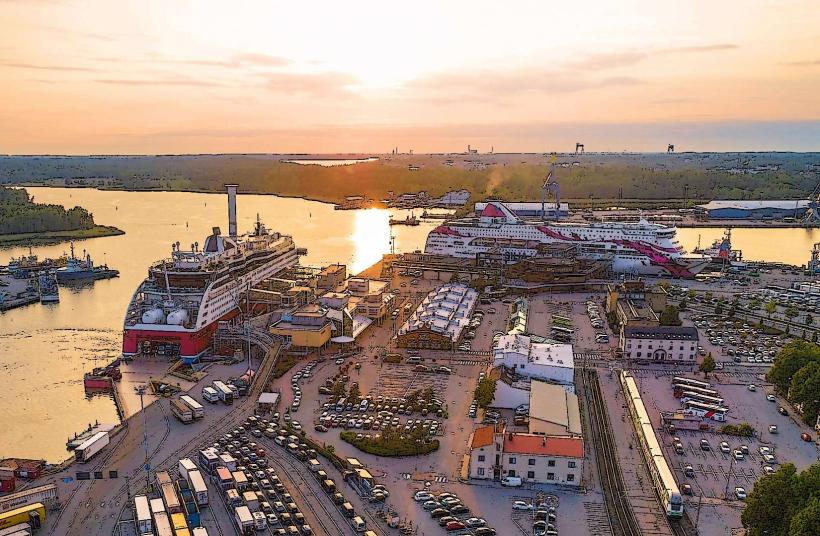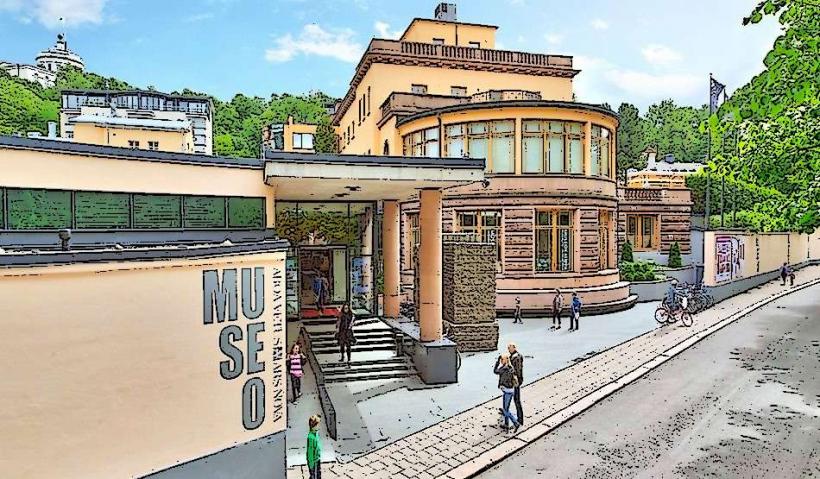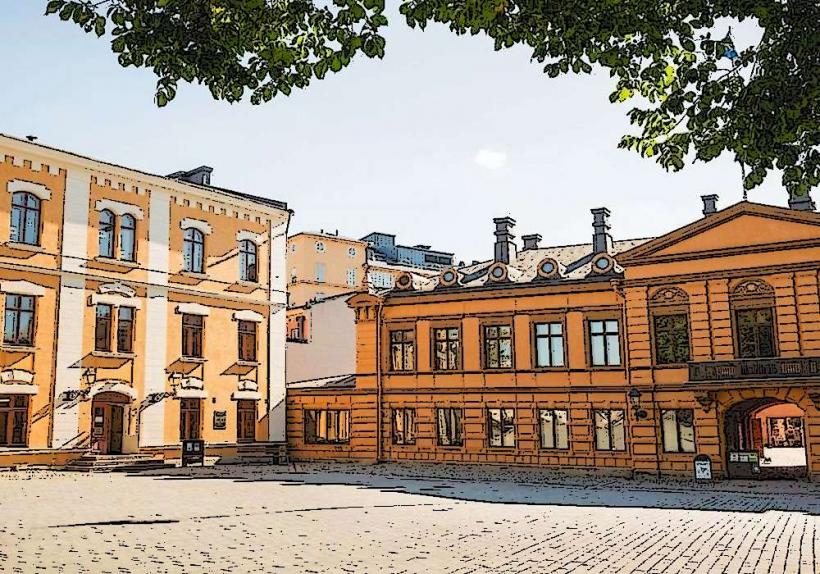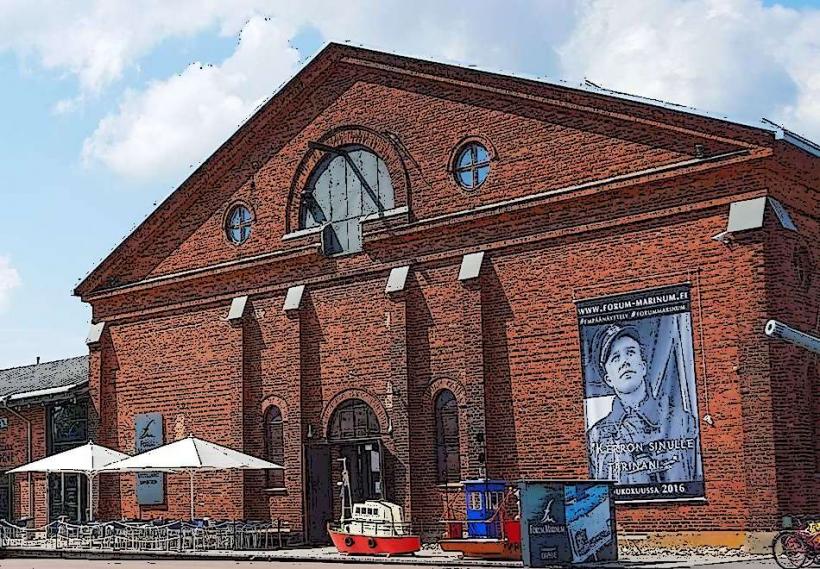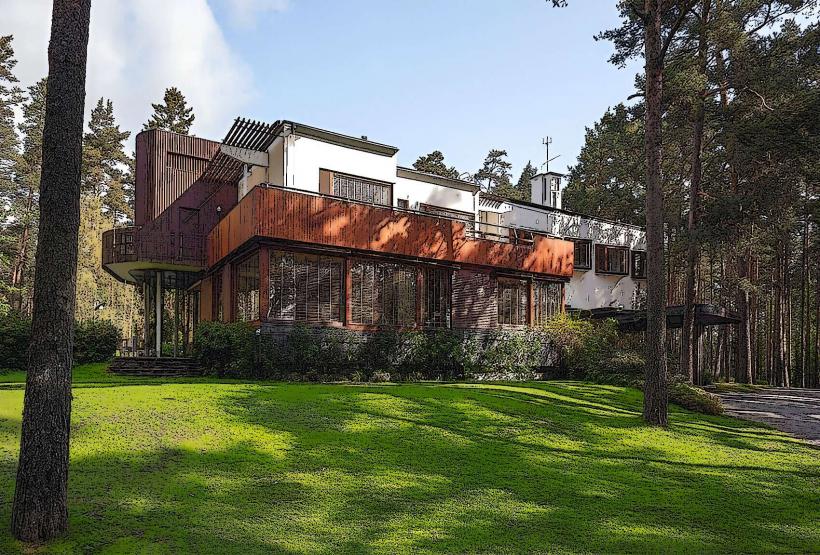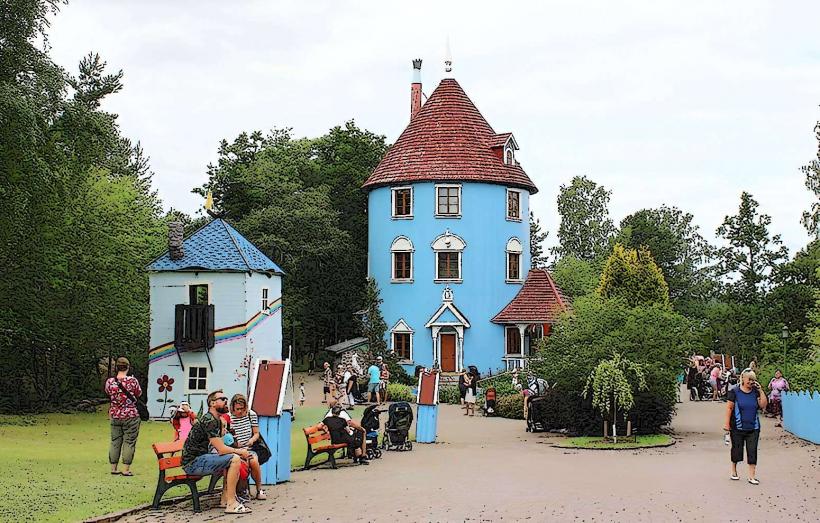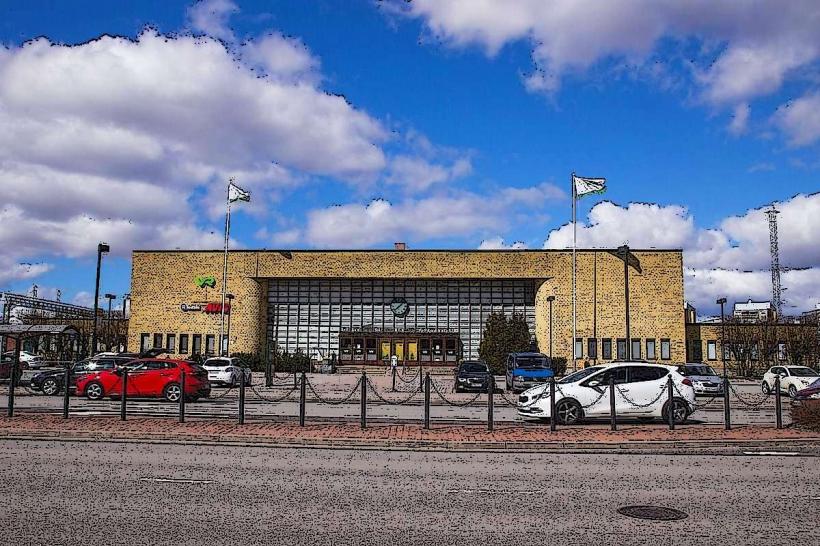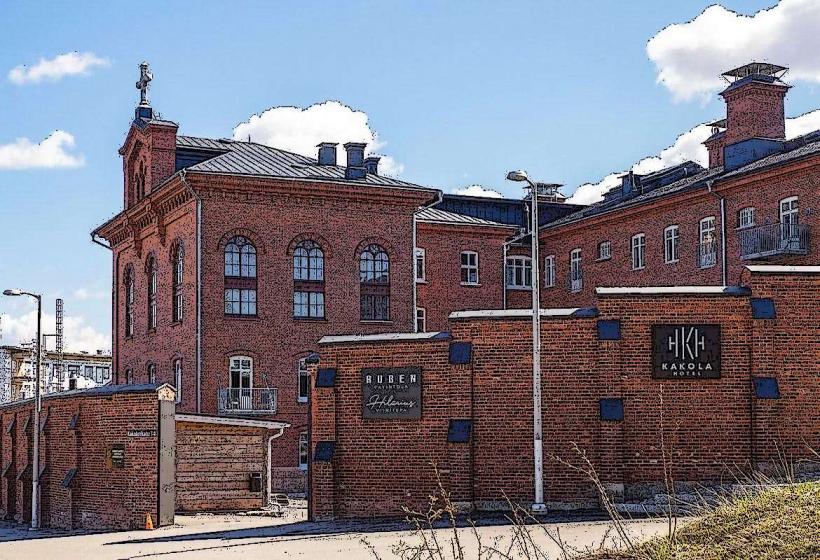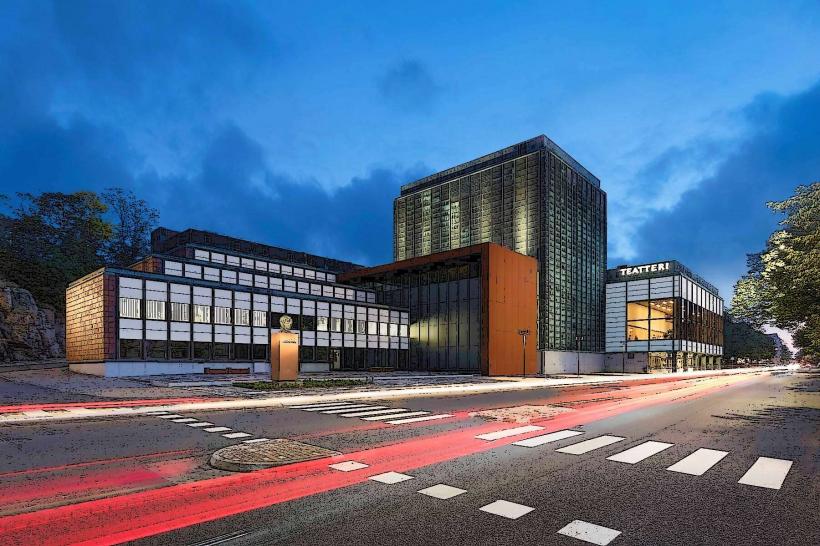Information
Landmark: Kuusisto Castle RuinsCity: Turku
Country: Finland
Continent: Europe
The Kuusisto Castle Ruins (Kuusiston linna) are the remains of a medieval castle located on Kuusisto Island, about 10 kilometers southeast of Turku, Finland, near the village of Kaarina. The ruins are set in a scenic location by the Archipelago Sea, offering visitors a glimpse into Finland's medieval past, along with beautiful views of the surrounding nature.
History and Significance
Medieval Origins:
- The castle was likely built in the early 14th century, although some sources suggest that it could have been constructed as early as the 13th century. It was most probably established as a fortified residence for the Bishop of Turku, during a time when the Catholic Church played a significant role in the governance and defense of Finland. It was strategically located on Kuusisto Island, providing a defensible position with views over the surrounding waterways.
- The Bishop's residence at Kuusisto was an important administrative center for the diocese of Turku, as well as a key military and economic hub for the region. The castle also served as a base for managing the local land and resources under the control of the church.
Destruction and Decline:
- The castle faced significant challenges over the centuries, including attacks and destruction during times of conflict, especially during the 16th century when Finland was caught in the struggles between Sweden and Russia.
- The castle was finally abandoned after being damaged during the early 17th century, and it fell into ruin. Today, only remnants of the original structure remain, providing an evocative and peaceful ruin to visit.
Archaeological Findings:
- Excavations at the site have uncovered a variety of medieval artifacts, such as pottery, coins, and building remains. These findings have contributed to understanding the daily life and architectural design of medieval Finland. The ruins themselves consist of a mix of stone foundations and a fortified wall that once enclosed the castle.
- Researchers believe that parts of the castle complex included living quarters, a chapel, and storage areas, all connected by a series of courtyards and defensive walls.
Site and Ruins
Castle Structure:
- Today, visitors can explore the ruins, which include parts of the castle walls, a defensive moat, and sections of the fortified foundation. The remains of the chapel are especially significant, providing insight into the religious and cultural importance of the castle during its heyday.
- The castle’s layout can still be discerned from the ruins, allowing visitors to imagine the original structure. There are some interpretive signs on the site to help visitors understand the history and purpose of the various sections of the castle.
Surrounding Nature:
- The castle is set in a picturesque location surrounded by forests and the waters of the Archipelago Sea. The landscape around the ruins is tranquil, with walking paths that allow visitors to take in the beauty of the island while exploring the historical site.
- The Kuusisto Island is accessible by boat, and there are also walking routes leading to the ruins from nearby areas. The island itself is a protected nature reserve, and its proximity to the sea gives it a unique charm, especially during the warmer months when the Archipelago Sea comes to life.
Visitor Experience:
- The site is a popular destination for those interested in medieval history, archaeology, and natural beauty. While the ruins are not as extensive as other Finnish castles, such as Turku Castle, they offer a more intimate and serene historical experience. The site is free to visit and is open year-round, though it's especially attractive during the summer months when the natural surroundings are at their best.
- Visitors can also enjoy activities like birdwatching, hiking, and boating in the area, making the castle ruins a great spot for a day trip or outdoor excursion.
Historical and Cultural Importance
Bishop's Role:
- As the residence of the Bishop of Turku, the castle played a significant role in the religious and political landscape of medieval Finland. It was a key site for managing the region’s affairs under the Church’s influence, which was a powerful institution during this period.
Strategic Location:
- The strategic position of the castle was significant not only for defense purposes but also as a center of administrative and economic activities. The surrounding archipelago provided access to important trade routes, and the castle served as a fortress in times of unrest.
Tourism and Education:
- Today, the Kuusisto Castle Ruins provide an important cultural and educational resource for tourists and locals alike. They are part of the larger historical and cultural landscape of Turku and the Archipelago Sea, complementing other significant sites like Turku Castle and the Archipelago Trail.
Conclusion
The Kuusisto Castle Ruins offer a fascinating glimpse into Finland's medieval history, especially related to the influence of the Church in the region. The tranquil setting of the ruins, combined with the surrounding natural beauty of the Archipelago Sea, makes it a wonderful spot for history enthusiasts, nature lovers, and those interested in Finnish heritage. While not as grand as some of Finland's other historic castles, its combination of rich history, archaeological significance, and scenic surroundings makes the Kuusisto Castle Ruins a valuable and enjoyable destination for visitors to Turku.

